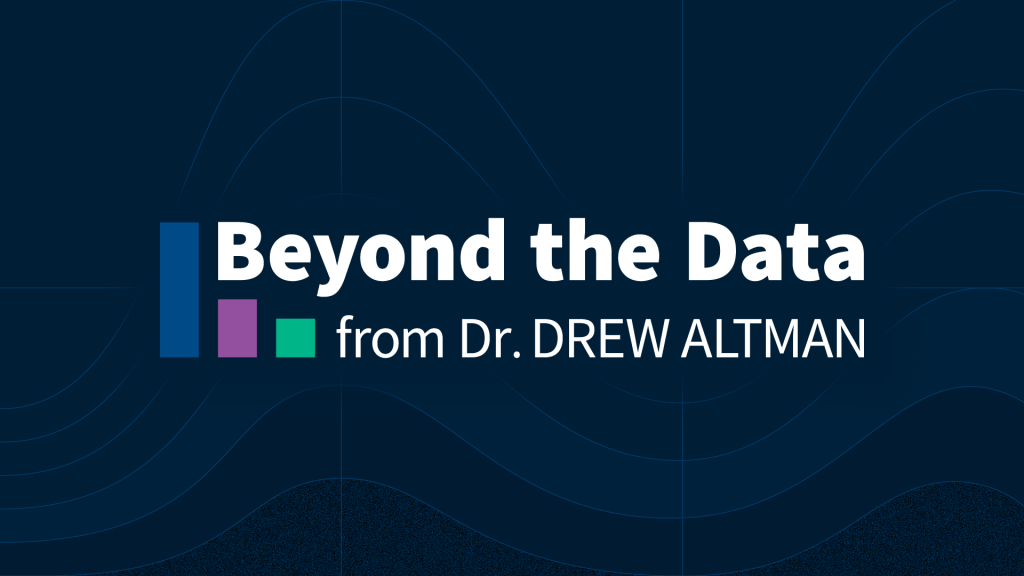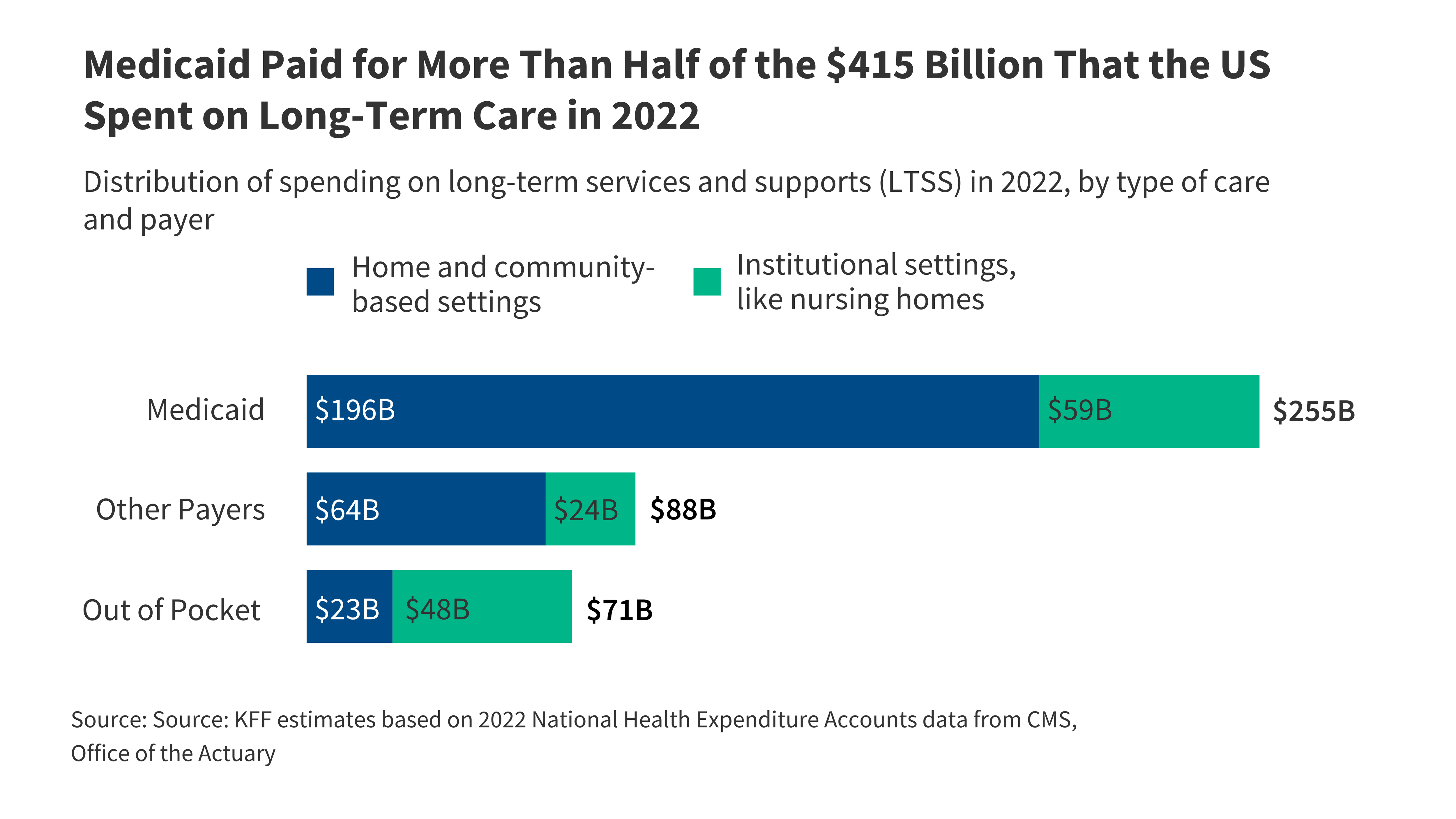Medicaid Health Homes: A Profile of Newer Programs
Under the ACA, states have a new Medicaid option to establish "health homes" designed to improve care coordination and integration and reduce costs for beneficiaries with chronic conditions. Thus far, 15 states have implemented health home programs. Following on a 2012 brief profiling Medicaid health home programs in the first six states to adopt the option, this brief describes the health home programs in the nine states that have implemented them since that time, and highlights common themes across them as well as distinctions among them.










